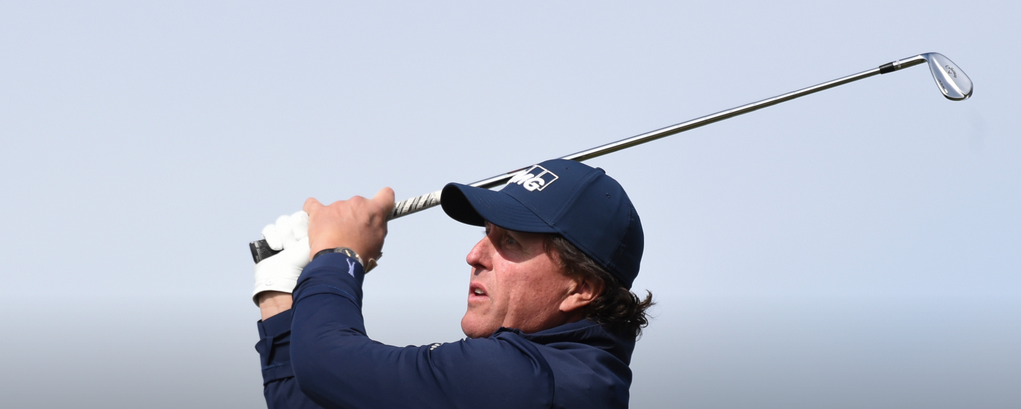Lots to unpack on the caddie alignment saga, so let’s start with the USGA’s release bullet points summarized here for Golfweek.
The update issued Wednesday could be confusing with so much language and follow up points when actually very little was changed.
So here’s a quick summary since my initial reading assumed Haotong Li would not have been penalized. Turns out, he still would be under this reading because his caddie was aware he was deliberately behind him when he took his stance and proved this awareness when he tried to walk away as Li moved into his stance.
Li could have backed off and things would have been fine. This escape clause now extends to all shots, not just the putting green exception.
As for Denny McCarthy in Scottsdale, the governing bodies concluded he had not taken a stance and therefore the initial penalty call was incorrect. So while the PGA Tour rescinded the penalty and the USGA/R&A took a hit from players jubilant that the Tour had their back, the change was actually made because of an incorrect ruling.
That said, the incorrect ruling stemmed not from official incompetence but the overall confusing nature of the rule and debatable nature of whether McCarthy took a stance.
Whew.
If you’re still wanting more, here goes…
LIBERTY CORNER, N.J. and ST ANDREWS, Scotland (Feb. 6, 2019) – The USGA and The R&A have provided two clarifications to Rule 10.2b(4) regarding restrictions on caddies standing behind players, which take effect immediately.
The purpose of Rule 10.2 is to reinforce the fundamental challenge of making a stroke and to limit the advice and other help a player may receive during a round.
Rule 10.2b(4) ensures that aiming at the intended target is a challenge that the player must overcome alone. It states:
“When a player begins taking a stance for the stroke and until the stroke is made, the player’s caddie must not deliberately stand in a location on or close to the player’s line of play behind the ball for any reason. If the player takes a stance in breach of this Rule, he or she cannot avoid penalty by backing away.”
Exception – Ball on Putting Green: When the player’s ball is on the putting green, there is no penalty under this Rule if the player backs away from the stance and does not begin to take the stance again until after the caddie has moved out of that location.”
The two clarifications provided today can be summarized as follows:
Meaning of “Begins Taking a Stance for the Stroke”: If a player backs away from a stance, the player is not considered to have begun “a stance for the stroke.” Therefore, a player can now back away from his or her stance anywhere on the course and avoid a breach of Rule 10.2b(4) if the caddie had been standing in a location behind the ball.
Examples of When a Caddie is Not “Deliberately” Standing Behind the Ball When a Player Begins Taking Stance for Stroke: As written, the Rule does not apply if a caddie is not deliberately standing behind a player. It is clarified that the term “deliberately” requires a caddie to be aware that 1) the player is beginning to take a stance for the stroke to be played and 2) he or she (the caddie) is standing on or close to an extension of the line of play behind the ball. Several examples are given in the clarification to provide additional guidance.
The complete language to these two clarifications can be found here.
These major clarifications confirm the recent rulings given in relation to Rule 10.2b(4).
Clarifications provide additional guidance on a Rule based on the circumstances that may arise in applying it. They are part of an ongoing list provided to players and referees.
“Experience has taught us that introducing a new Rule requires us to balance patience with a willingness to act quickly when necessary,” said Thomas Pagel, USGA senior managing director of Governance. “With so many pivotal changes to the Rules this year, we’ve committed to offering any assistance needed in making the Rules easier to understand and apply, without taking away the inherent challenge of playing the game. We appreciate that everyone involved in drafting these clarifications worked together with this same goal in mind.”
David Rickman, executive director – Governance at The R&A, said, “These clarifications are designed to improve the operation of the Rule and give the players more opportunity to avoid a breach while remaining true to the purpose of the Rule. We appreciate that this requires some players and caddies to make an adjustment, but we believe there is widespread acceptance that it is for the player alone to line up a shot.”

























